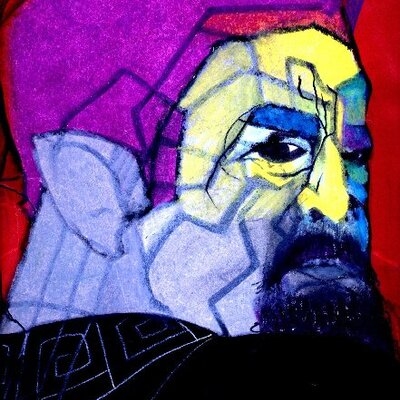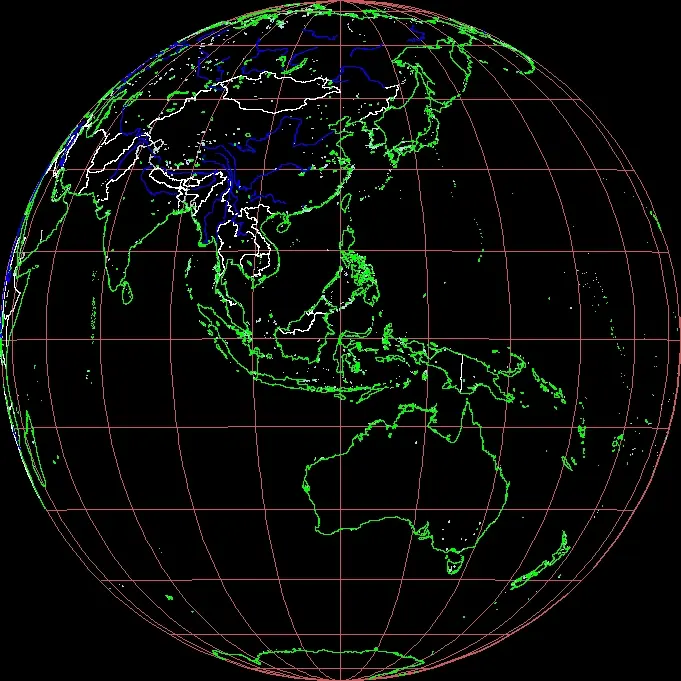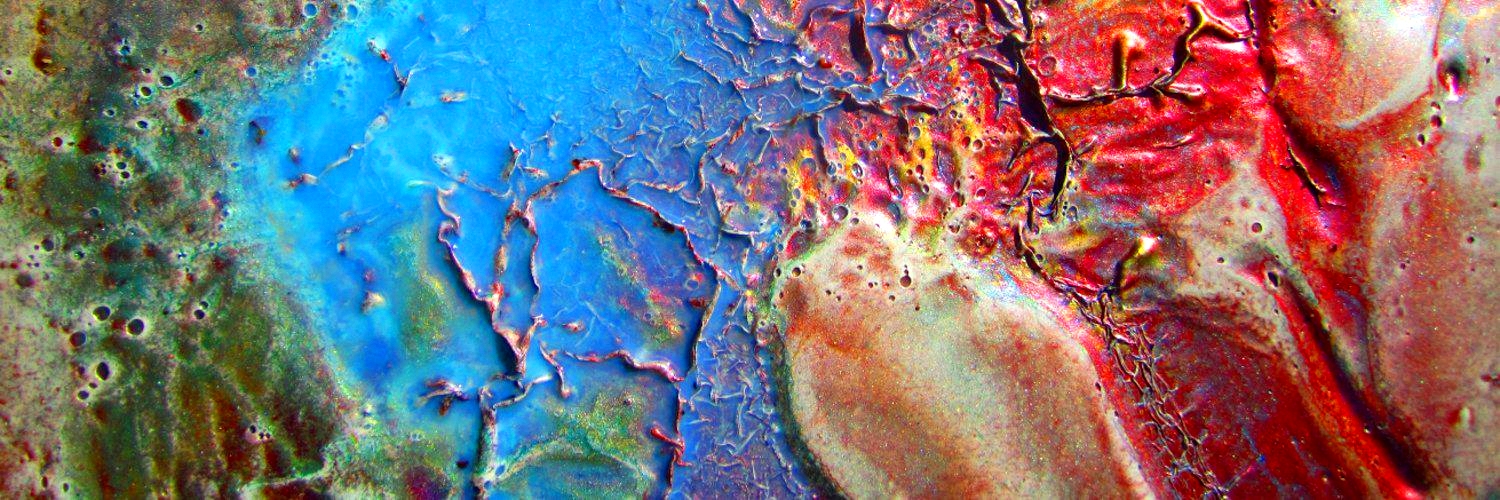Loren
I’m a natural process paint spiller, general cat utility, husbear, and occasional writer. Thank you for stopping by!
- 6 Posts
- 3 Comments

 3·1 year ago
3·1 year agoThank you!! That is an amzing treasure trove of information! Sorry I called that a “laserdisc”! I knew it was a disk from my memory of the website where I found that GIF, but it’s so amazing to actually see it in all its analog glory. It is the precursor of the videodisk, not the digital laserdisk. I misspoke.

 4·1 year ago
4·1 year agoThat gif was originally saved as “first tv broadcast” when I found it years ago, but even though I’ve done multiple image searches I have not been able to track down that original image! I literally scoured the internet. Thank you for your help in researching it, can you point me to any links? It always seemed strange to me that we could even see “the first broadcast” unless he had also invented video recording, but laserdisks came a bit later.

Another thing that’s always intrigued me about it is that not only is it “analog”, it doesn’t even require electricity, at least for the audio portion. Sound waves could mechanically move a needle through warm wax which was spinning on a turntable at a regular rate with a hand-turned crank, across a screw drive. That needle would leave a spiral groove in a wax disk (or cylinder) that could be cast in metal using the “lost wax” method of casting. The reverse process would occur during playback, when the needle would read the data that was already recorded, and vibrate a mechanically amplified tympanum. I still don’t know enough about the image recording process to say whether that could be done without electricity, but I know that its inception and the development of electricity happened very close together. There’s no real reason I can think of why the Ancients could not have made something similar for recording audio and playing it back. The first phonographs did not use electricity!